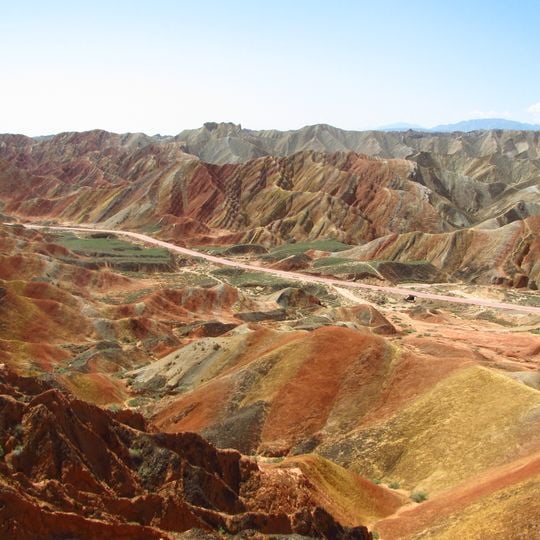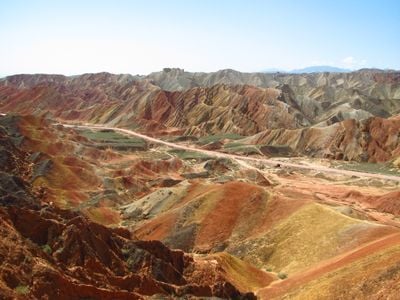Zhangye Danxia National Geological Park, Geological park in Linze County, China.
The park spans 510 square kilometers (197 square miles) and presents layered sandstone formations in various mineral hues extending across valleys and ridges. Visitor pathways lead to multiple observation points from which the colorful rock strata become visible. Erosion has created wavelike patterns and steep cliffs that shift in appearance depending on sunlight conditions throughout the day.
Sediment accumulation began approximately 24 million years ago during the Tertiary geological periods and was uplifted through tectonic activity. The layers developed under varying climate conditions that left behind different mineral concentrations. Chinese authorities established the protected area in 2005 and UNESCO designated it a geopark in 2010. Scientific expeditions have investigated the site since the 1920s to understand regional geological processes.
The formations have provided literary and artistic inspiration, drawing painters and photographers from across China to document the terrain. Regional communities use the landscape as a symbol of geological wonder in educational programs. The site serves as an important example of erosion patterns in semiarid climates and functions as a study subject for research institutions examining sediment geology and landscape formation processes.
The two main areas of Linze and Binggou have separate entrances with shuttle buses transporting visitors to designated viewing platforms. Sunset and early morning provide the best light for photography. The nearest city of Zhangye lies 30 kilometers (19 miles) to the west and offers accommodation options as well as organized transport services. Visitors should bring sun protection and water, as pathways are exposed to the elements.
Certain rock strata contain goethite and hematite responsible for the intense red tones, while limonite and chlorite produce the yellowish and greenish color ranges. Rain temporarily intensifies colors through surface saturation. The geological processes have also preserved fossilized plant and animal remains in some sediment layers, providing insights into prehistoric ecosystems that existed millions of years before human habitation in the region.
Location: Gansu
Inception: 2011
GPS coordinates: 38.91560,100.13300
Latest update: November 27, 2025 21:04
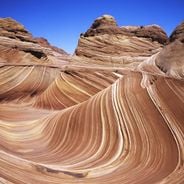
This collection presents geological formations created through natural processes over millions of years. From layered sandstone waves in Arizona to volcanic basalt columns in Northern Ireland, these locations demonstrate Earth's geological diversity. Erosion, tectonic activity, and mineral deposits have shaped landscapes that provide insights into our planet's history. The selection includes limestone caves in New Zealand with glowworms, thermal springs in Turkey with travertine terraces, and colored rock formations in China created by iron-rich minerals. Visitors will find glacier caves in Iceland, canyons in Utah, and salt pans in Namibia. Each location documents specific geological processes and offers opportunities to explore different rock formations and natural phenomena.
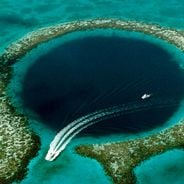
These places display a wide range of colors. The selection extends from the blue old town of Chefchaouen to the Grand Prismatic Spring in Yellowstone. It includes geological formations like the Danxia Mountains in China and the Painted Desert in Arizona, as well as colorful cities like Jodhpur in India and Bo-Kaap in South Africa. Natural waters like the Blue Hole in Belize and the lakes of Jiuzhaigou add to the variety with their color tones.

This collection brings together locations that challenge the norms of conventional tourism. It offers the chance to discover places where nature, history, and human activities have created astonishing sites: a complex of 732 unfinished villas in Turkey, a Mexican island where hundreds of dolls are hung in trees, a Canadian lake with mineral-formed multicolored basins, and a Polish forest of 400 pines with mysteriously bent trunks facing north. The route also includes unique human-made creations, such as an art installation representing an isolated Prada store in the Texas desert, or the Japanese village of Nagoro where an artist populated the streets with 350 dolls after the residents left. Geological phenomena are also featured, including Darvaza crater in Turkmenistan, which has been burning continuously since 1971, the Great Blue Hole in Belize, a 124-meter-deep underwater cavity, and Colombia’s Caño Cristales river that changes color to red, yellow, and green from July to November. These destinations provide a different perspective on our planet and invite exploration of lesser-known facets of our world.
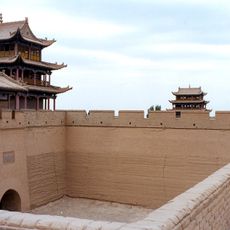
Jiayuguan
192.2 km
Kumbum Monastery
298.1 km
Dongguan Mosque
294.9 km
Matisi Grottoes
54 km
Dafo Temple
27.9 km
Ma Bufang Mansion
295 km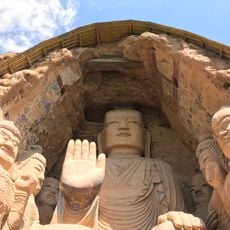
Tiantishan Grottoes
273 km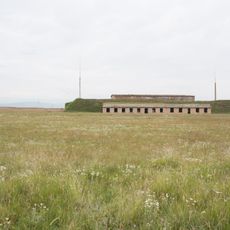
Nuclear City of China
229.4 km
Stele of Liangzhou
245.2 km
Zhangye Gulou
28 km
Badain Jaran Temple
220.7 km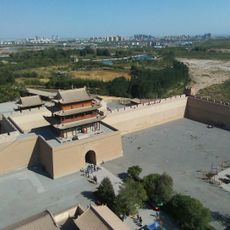
Xiongguan District
189.6 km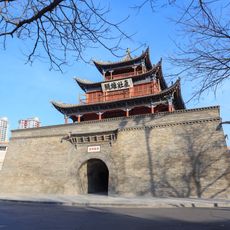
Jiuquan Gulou
167.4 km
Wuwei Confucian Temple
245.1 km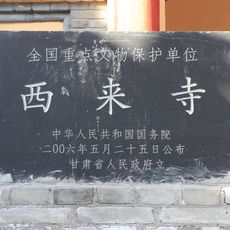
Xilai Temple
27.4 km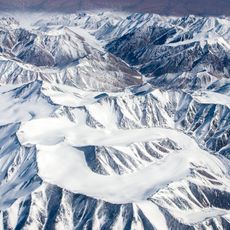
Touming Mengke Glacier
141.9 km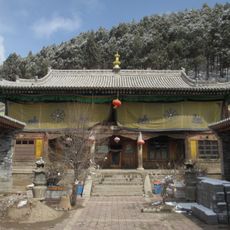
Chuzang
263.4 km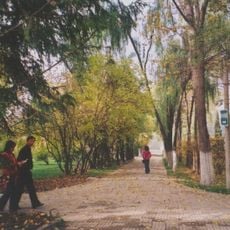
People's Park
291.2 km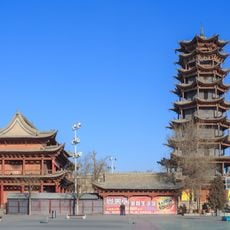
Wanshou Temple (Zhangye)
27.5 km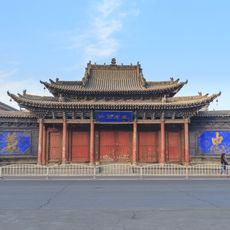
Zhangye Shanxi Huiguan
28 km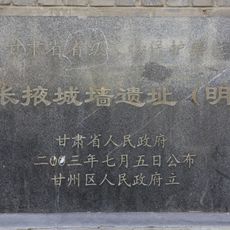
City wall of Zhangye
28.7 km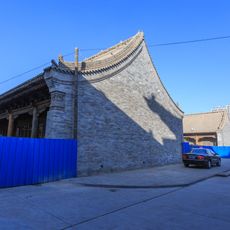
Former residence of Gao Meng
27.2 km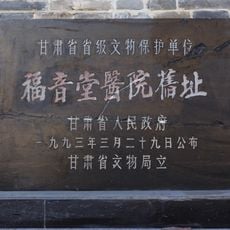
Gospel Hospital in Zhangye
27.2 km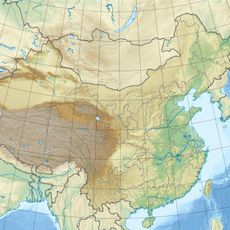
Jinchuanxia Shuiku
176.3 km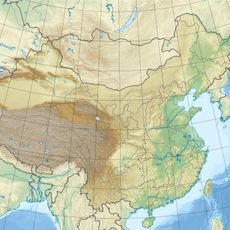
大南川水库
303.4 km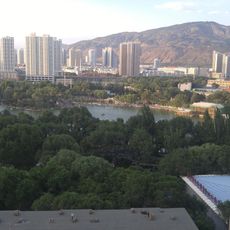
Xining Zoo
291.3 km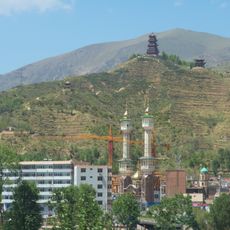
Huangyuan Xian Mosque
267.6 km
Grande mosquée de Duoba
279.3 kmReviews
Visited this place? Tap the stars to rate it and share your experience / photos with the community! Try now! You can cancel it anytime.
Discover hidden gems everywhere you go!
From secret cafés to breathtaking viewpoints, skip the crowded tourist spots and find places that match your style. Our app makes it easy with voice search, smart filtering, route optimization, and insider tips from travelers worldwide. Download now for the complete mobile experience.

A unique approach to discovering new places❞
— Le Figaro
All the places worth exploring❞
— France Info
A tailor-made excursion in just a few clicks❞
— 20 Minutes
